The server came to take our order. I was confident that this was a simple, slam dunk order in terms of getting something vegan in a non-vegan restaurant. But just to double check, I asked the server if there’s any dairy at all in the bean burger, and she told me that they put mayonnaise in the patty. Mayonnaise?!?! What?!?!
Ok, so now I’m ordering the quinoa salad instead, which was probably an even better choice, but that’s what I always get. I really wanted that bean burger! So I asked her again, “Are you sure the bean burger is not vegan? I’ve had it before and was told that it’s vegan?”. So she asked another server, who told her that yes, the bean burger is vegan and no, they don’t use mayonnaise. Yay!!! I’m getting the bean burger!
My next question: do they put anything on the bun? Yes, they grill it with a little butter. So I ask that the bun is served dry, no butter, nothing on it at all, just a plain bun.
And it’s even worth it to me to pay the extra $1.50 to get a side of sweet potato fries. I asked if they sprinkle any cheese over the sweet potato fries and the server told me that no, they don’t. And in fact, that she would make sure they didn’t use any seasoning on the sweet potato fries. Perfect!
So to recap, I ordered a vegan bean burger, bun dry, and sweet potato fries with no seasoning. Simple, right?
After a short wait, the burger and sweet potato fries came out. Yay! It looks soooo good! But wait, there’s a little cup on the side of plate against the burger and the sweet potato fries with a creamy pink dressing in it. Is that Thousand Island dressing??? What is THAT doing on my plate??? Didn’t I say “vegan” (more than once, in fact)??? Well, ok, they must have been really busy. I can just take it off my plate, no problem, right?
Except that in transit the creamy pink dressing spilled onto the plate and soaked into the bottom half of the bun as well as all the sweet potato fries on that side of the plate. And as if that wasn’t enough, I turned over the top half of the bun, and sure enough, it was grilled with butter. Then I tasted an “uncontaminated” sweet potato fry, and it was doused in a super-salty seasoning. So much for no seasoning on the sweet potato fries.
I’m sorry, but I couldn’t eat it. I explained the problem to the server and ended up sending it back. I tried to be as clear as possible in the first place (and was really nice about it) to prevent this from happening. So besides my dinner being ruined because it wasn’t prepared as specifically requested, the server was clearly annoyed with me for pointing it out (I was still smiling politely).
I wish I could say that this was an isolated incident. But it’s not. In fact, what is an isolated incident is when I order something with no meat, dairy, or eggs, and it actually comes out that way from the kitchen.
I’ve been plant-based for nearly five years now, and in those five years I’ve seen a huge shift in demand for vegan/plant-based foods in mainstream restaurants. More and more people are vegan, so these kinds of requests should be getting more familiar to restaurant staff. Especially given that so many restaurants now have vegan or vegan-friendly options on their menus.
I think the problem in restaurants could be that restaurant staff who are not vegan themselves do not really understand what vegan means. It’s not only the visible meat, cheese, cream, or eggs on food that counts. Animal foods such as eggs, cheese, and milk are often cooked into parts of the meal such as bread or pasta, and are not visible. The problem could also be that while the server writes down any special requests, the kitchen staff may completely ignore what’s written on the ticket.
Either way, it’s frustrating for the patron, the server, and the cooks. And on top of that, the restaurant loses money when food that can’t be consumed by the patron gets sent back and has to be re-made.
So if your goal is to order vegan, and you don’t want to go through all this, there is something else you can do (besides staying home). Order a dish that comes with no meat (so you eliminate any special no-meat requests). Then tell the server that you are allergic to dairy and eggs. Because of the potential liability to the restaurant when a food allergy is involved, the server is suddenly able to point out any dairy or eggs that might be lurking in that dish, and also offer alternatives. Now is anything goes wrong, it’s on them, and they don’t take it out on you.
Isn’t it funny how differently you are treated with the exact same request depending on whether your request is due to a medical condition or a personal choice. I know that telling a server that I have a dairy and egg allergy is not the truth, and for that reason, I don’t like to do it very often. But in hindsight, that’s what I should’ve done last night. It would have made it easier and more enjoyable for everyone.
And yes, I still left the server a decent tip.
If you have a story, leave it in the comments. How did you handle it?

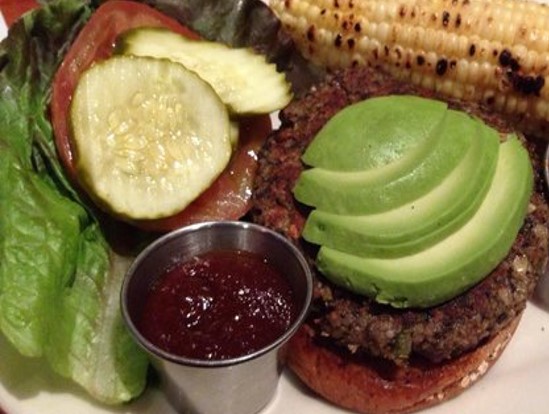
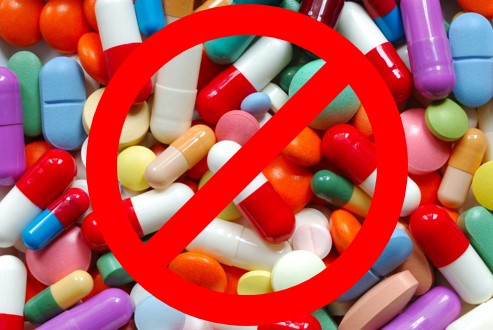
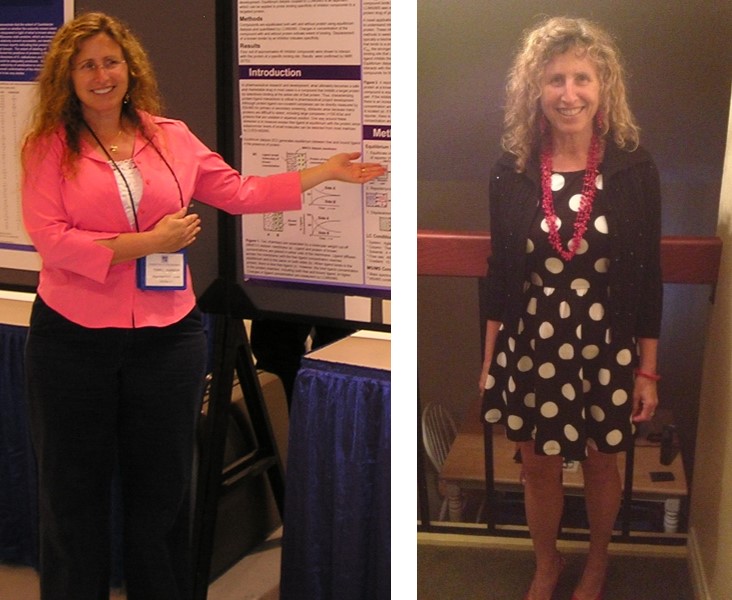
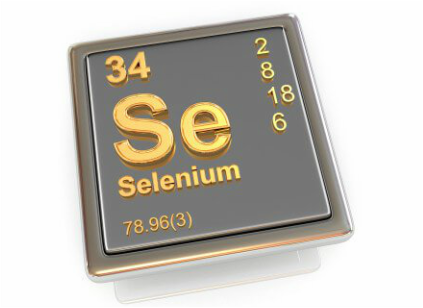
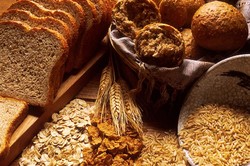
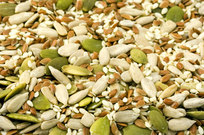
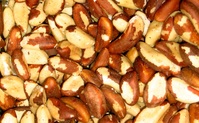
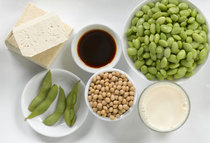
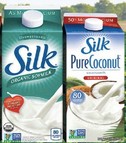
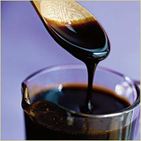

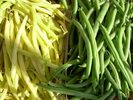
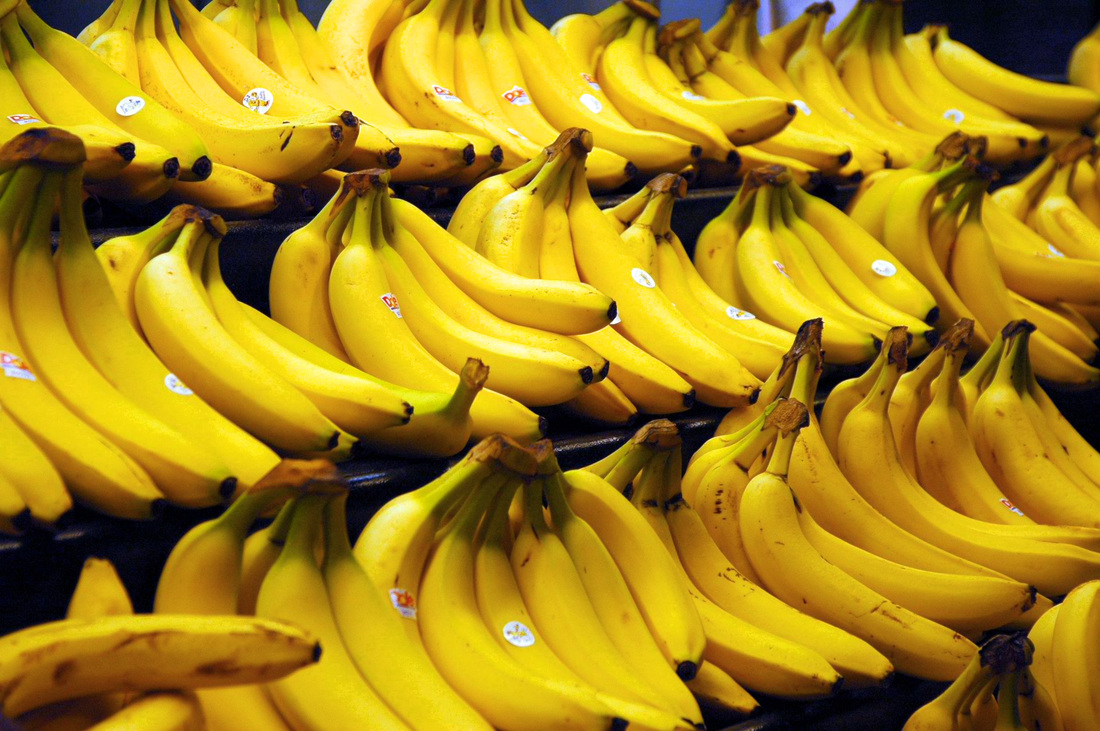


 RSS Feed
RSS Feed